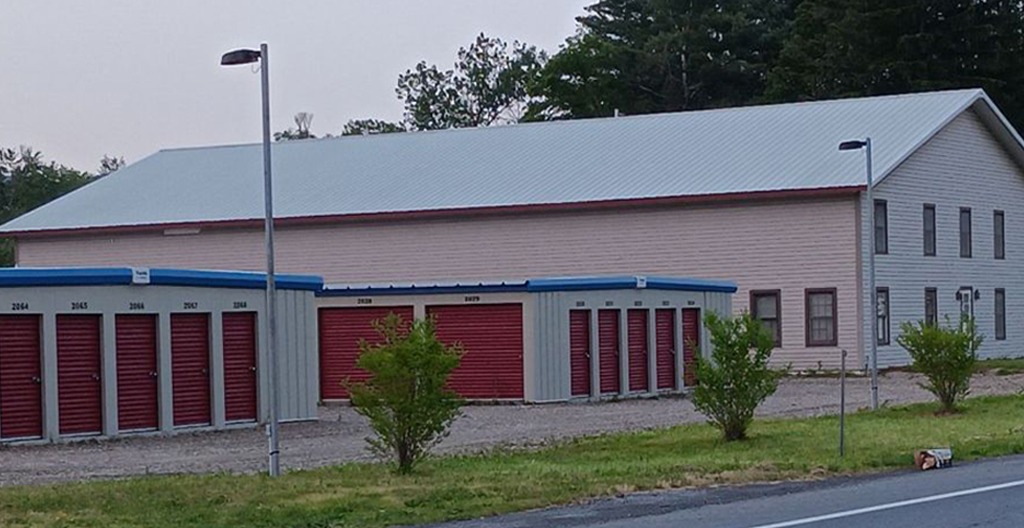FROM THE FRONT DOOR of our rented office in downtown Ghent it’s possible to imagine what it must have been like when steam locomotives roared by on either side. This building served as the post office back when, if you wanted mail to travel fast, it went by train.
Neither track remains; not the one on the left as you face state Route 66–the line that led south and west to Hudson–nor the one on the right, which terminated in New York city with stops in Philmont, Hillsdale, Copake Falls and Copake. The right hand one was once known, among other names, as the Harlem Valley Line, and beneath the weeds and new-growth trees you can easily make out the sculpted contours of the flat rail bed punctuated now and then by the skeletal remains of rusty trestles.
Railroads were extraordinary feats of engineering and even in those places where nature has regained its foothold, it can’t disguise these human achievements any more than a few decades of vegetation will make the Thruway disappear when we no longer need that manmade marvel.
In the mid-1980s the late Elinor Mettler spearheaded an effort in this county to remake the old rail bed into a modern rail trail. These days it’s called a “multi-use recreational facility.” Some people call it a linear park. Much of the property that constituted the old rail line, some of it in private hands, has been acquired from willing sellers, and sections of the trail have been created so people can walk or run or ride bicycles or, in winter, snowshoe or cross-country ski. All for free.
But for all its obvious benefits and attractions, there are skeptics who mistrust the concept and fear its consequences.
The part from Under Mountain Road in Ancram to the old depot in Copake Falls at the entrance of Taconic State Park is the one fully operational section of the trail in Columbia County. By all reasonable measures, it’s a success. The section between Copake Falls through Hillsdale to Craryville is progressing. After that, rail trail enthusiasts have set their sights on what they have dubbed the Northwest 11, the 11-mile section of the bed between Preusser Road south of Philmont to Chatham, where the Harlem Valley Line terminated and riders could once change trains for exotic destinations like Ruttland, VT.
What’s not to like about that? Retail businesses in the villages would likely see a bump in business as the trail gives tourists another reason to visit. It doesn’t bring pollution, has negligible impact on the tax rolls and low maintenance costs that place no noticeable strain on local resources.
In the past some critics have suggested that the presence of a trail might invite crime because the trail would provide burglars with easy access to rural homes. It’s a concern well worth considering, because if it’s true, there are some sidewalks that local municipalities might want to rip up just to be on the safe side. And because nothing these days is too farfetched to imagine, there might well be criminal gangs that travel by bicycle or snowshoe and would see a rail trail as an easier place to steal cash than, say, a convenience store or a bank. The only part of this frightening scenario missing so far is some statistical proof that rail trails, and there are many of them, actually do foster some type of criminal behavior.
The trail passes right past our building and I’m wondering how many vending machines the porch will support and how much we can charge for patching bicycle tires. Yes, someday somebody might break in–imagine their delight at contemplating the pawn-shop value of old newspapers. Personally, I’m more worried about marauding bears, which trail users might scare away.
The Harlem Valley Rail Trail Association needs the support of each town and village along the Northwest 11 route in the form of resolutions endorsing the trail project effort. That’s a no-cost request that each board should heed… quickly, too, because a grant deadline is near.
In their heyday the railroads were a dirty industry that changed this nation in profound ways. That time has ended, and this rail trail segment won’t similarly transform the communities it touches. But the trail does represent a small, clean, conservative effort to build a stronger economy and a better quality of life. That’s something well worth supporting.





